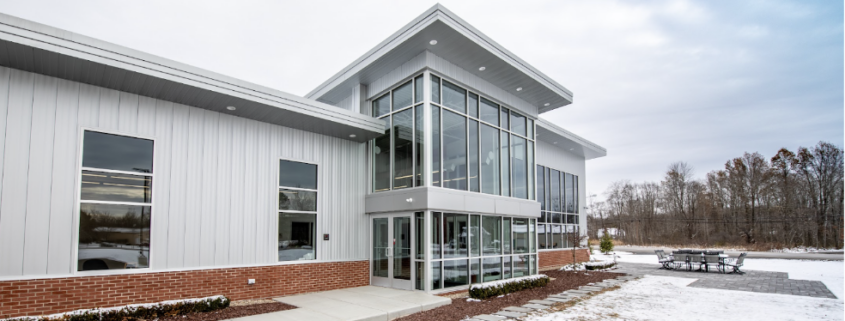In the face of evolving economic landscapes and global challenges, questions arise about the trajectory of various industries, including construction. The construction sector, known for its resilience, has encountered unique challenges in recent times. This blog explores the factors contributing to the perception of a potential slowdown in the construction industry and delves into the nuanced realities shaping its current pace.
Understanding the Dynamics:
The construction industry, historically robust, has faced a confluence of challenges that may influence its perceived momentum. One notable factor is the lingering impact of the COVID-19 pandemic, which disrupted supply chains, constrained manpower, and triggered shifts in project timelines. Additionally, economic uncertainties and fluctuations in construction material costs have introduced complexities for stakeholders.
According to Tradesmen International:
“Overall, construction industry revenue has declined at a CAGR of 1.3% over the past five years. Total industry revenue is expected to reach approximately $3 trillion by the end of 2023. Looking ahead to 2024, experts anticipate a softer construction market with overall growth of less than 1% next year.”
Therefore, we can expect an increase in construction revenue for 2024.
Navigating Post-Pandemic Realities:
While the industry experienced temporary setbacks, it is crucial to recognize the adaptability and resilience inherent in construction practices. Efforts to address pandemic-related disruptions, such as implementing digital technologies, embracing sustainable practices, and recalibrating project management strategies, showcase the industry’s ability to navigate challenges and innovate in response to changing circumstances.
Technology and Innovation as Catalysts:
Technological advancements are playing a pivotal role in redefining the construction landscape. From Building Information Modeling (BIM) facilitating enhanced project visualization to the integration of artificial intelligence in construction management, innovation is fostering efficiency and streamlining processes. These developments challenge the notion of a slowdown, highlighting a transformative phase for the industry.
Sustainability and Green Construction:
A notable trend influencing construction is the increasing emphasis on sustainability. As environmental concerns gain prominence, construction practices are evolving towards greener alternatives. The integration of eco-friendly materials, energy-efficient designs, and sustainable construction practices not only align with global initiatives but also contribute to reshaping the industry’s future.
Infrastructure Investment and Economic Stimulus:
Government-led infrastructure projects and economic stimulus packages can significantly impact the pace of construction. Increased investment in public infrastructure, driven by a commitment to job creation and economic recovery, has the potential to counterbalance any perceived slowdown by providing a steady stream of projects.
Conclusion:
In examining whether the construction industry is slowing down, it is essential to consider the multifaceted influences at play. While challenges persist, the industry’s resilience, technological integration, sustainability efforts, and ongoing infrastructure investments collectively point towards a sector poised for adaptation and growth. The construction industry, ever-evolving, remains a dynamic force, navigating change with innovation and determination.



